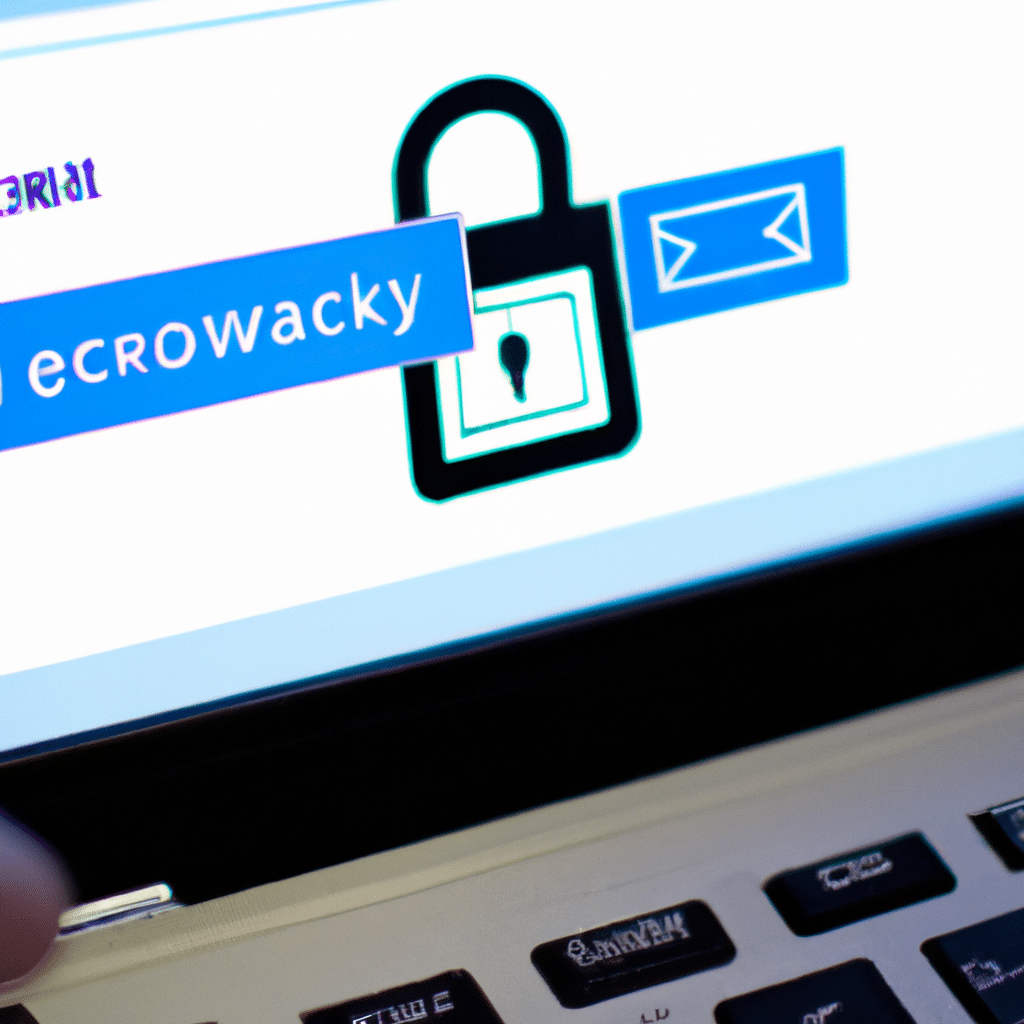In today’s digital world, data security is more important than ever. One of the ways to protect sensitive information is to use email encryption. Email encryption is the process of encoding email messages to make them unreadable to anyone who doesn’t have the decryption key. In this article, we will discuss how to implement an email encryption solution for your business.

Why Email Encryption is Important for Your Business
Email is one of the most commonly used communication tools in the business world. However, email messages can be intercepted and read by unauthorized individuals. This is particularly concerning for businesses that handle sensitive information, such as financial data, intellectual property, and personal information. Email encryption provides an additional layer of security to protect this sensitive data.
Email encryption also helps your business comply with data protection laws and regulations. For example, the General Data Protection Regulation (GDPR) requires businesses to protect the personal data of EU citizens. Failure to comply with these regulations can result in hefty fines and damage to your business’s reputation.
How Email Encryption Works
Email encryption uses a pair of keys, a public key, and a private key, to encrypt and decrypt email messages. The public key is available to anyone who wants to send an encrypted message, while the private key is kept secret and is used by the recipient to decrypt the message.
When a sender wants to send an encrypted message, they use the recipient’s public key to encrypt the message. The recipient then uses their private key to decrypt the message. This ensures that only the intended recipient can read the message.
Choosing an Email Encryption Solution
There are many email encryption solutions available on the market. When choosing an email encryption solution, consider the following factors:
Ease of Use
The email encryption solution should be easy to use for both the sender and the recipient. Complicated encryption processes can discourage employees from using the tool, which defeats the purpose of implementing email encryption.
Integration with Email Clients
The email encryption solution should integrate seamlessly with your business’s email client. This ensures that employees can continue to use their preferred email client without any disruption.
Security Features
The email encryption solution should have robust security features to protect your business’s sensitive data. Look for features such as message expiration, two-factor authentication, and data loss prevention.
Cost
The cost of the email encryption solution should be reasonable and fit within your business’s budget. Consider the cost of the solution per user, as well as any additional fees for support and maintenance.
Implementing Email Encryption for Your Business
Implementing email encryption for your business involves the following steps:
Step 1: Choose an Email Encryption Solution
Research and choose an email encryption solution that meets your business’s needs. Consider the factors discussed above when making your decision.
Step 2: Train Employees
Train your employees on how to use the email encryption solution. Provide clear instructions and make sure employees understand the importance of using email encryption to protect sensitive data.
Step 3: Communicate with Clients and Partners
Communicate with your clients and partners about your business’s email encryption policy. Provide instructions on how to send and receive encrypted messages and explain why email encryption is important.
Step 4: Monitor Usage
Monitor employee usage of the email encryption solution to ensure compliance with your business’s security policies. Provide feedback and corrective action as needed.
Conclusion
Implementing an email encryption solution for your business is an important step in protecting sensitive data and complying with data protection regulations. Choose an email encryption solution that is easy to use, integrates with your email client, has robust security features, and fits within your budget. Train your employees on how to use the email encryption solution, communicate with clients and partners about your email encryption policy, and monitor usage to ensure compliance.












